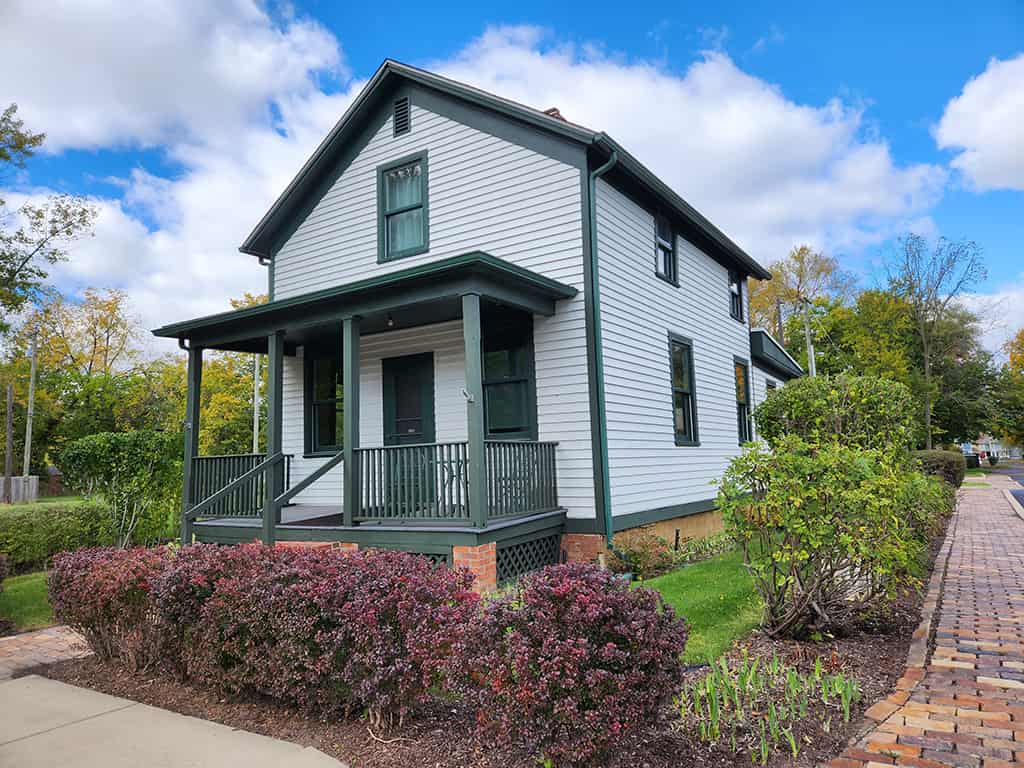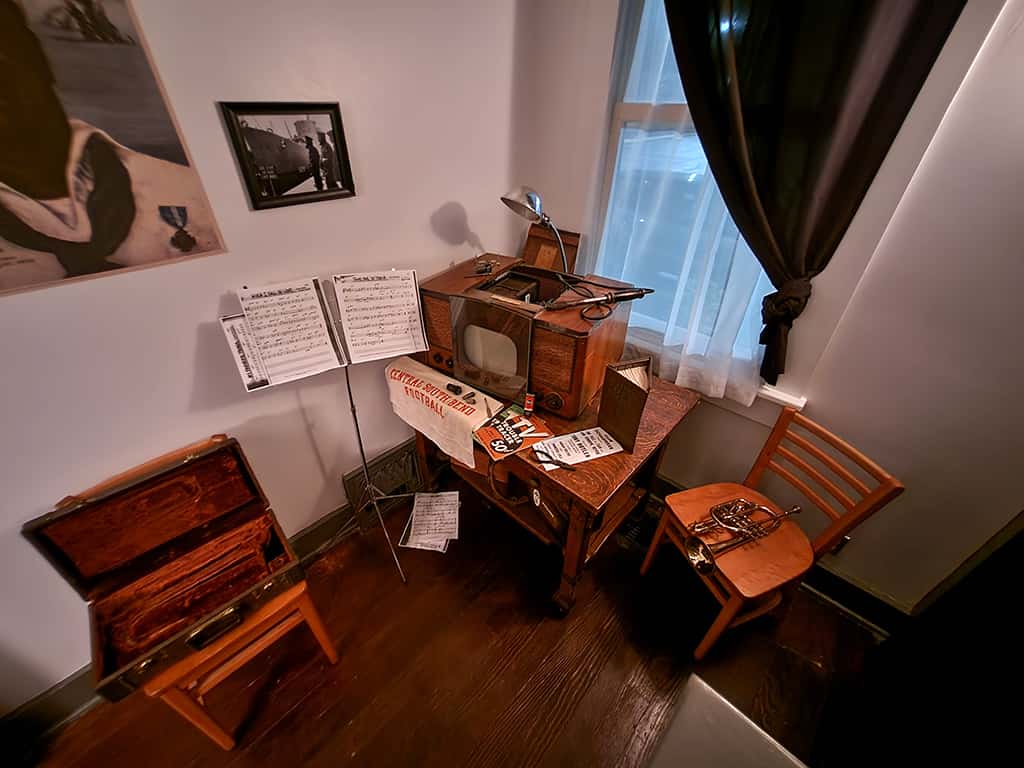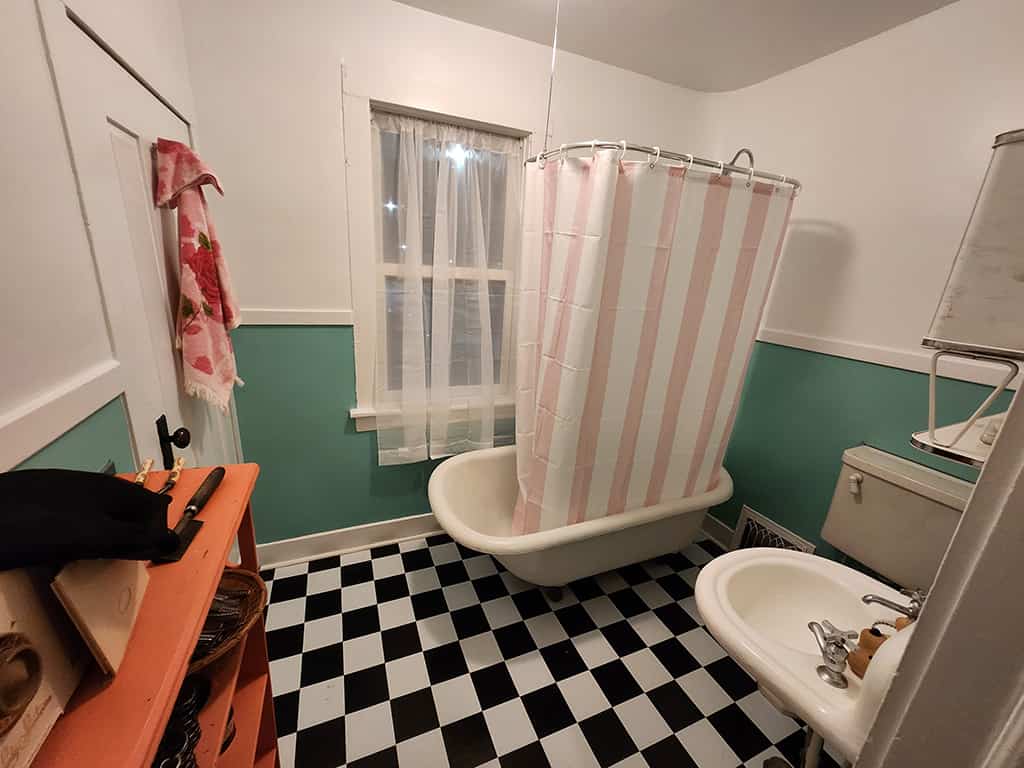The Worker’s Home on the museum’s campus underwent a transformation in 2023 and is now reopen to the public, telling the story of the community’s African American history as well as the Great Migration and the Civil Rights Movement through guided tours and special programs. Furniture, furnishings, photographs, and other materials in the home reflect those periods in history.
It continues its mission since first opening in 1994 to tell the history of workers and their families, with special attention to the many ethnicities of the St. Joseph River Valley Region.

The transformation project has been possible, in part, with support from AEP Foundation through Indiana Michigan Power, Community Foundation of St. Joseph County, Schurz Foundation, University of Notre Dame, The Doshi Family Fund, Marvin Curtis, Anna and Sam Milligan, Tina Patton, Nancy Coughlin, and Gabrielle Robinson.
The Worker’s Home offers an innovative and immersive place for visitors to learn about life for a 1950s African American family. To tell this history as completely and accurately as possible, The History Museum staff completed extensive research, turning to the African American community for stories and information about local families, companies, establishments, and organizations. Individuals and families assisted in providing photographs, documents, furniture, furnishings, documents, records, and other materials associated with local African American businesses, home, and family life in the 1950s.

Individuals can experience the Worker’s Home through guided tours offered daily. The cost of the tour is included with a museum admission. The History Museum is open daily except for major holidays from 10 a.m. to 5 p.m. Monday-Saturday, and 12 to 5 p.m. on Sunday.
The Worker’s Home was built in the 1870s and was moved to the property of J.D. Oliver in 1907, where a succession of Oliver domestic staff lived until the mid-1980s. In 1992, it was moved to its present location. When the Worker’s Home opened in 1994, it was interpreted as a 1930s Polish family’s home. In years to come, it will undergo additional iterations reflecting the diversity of the community.



